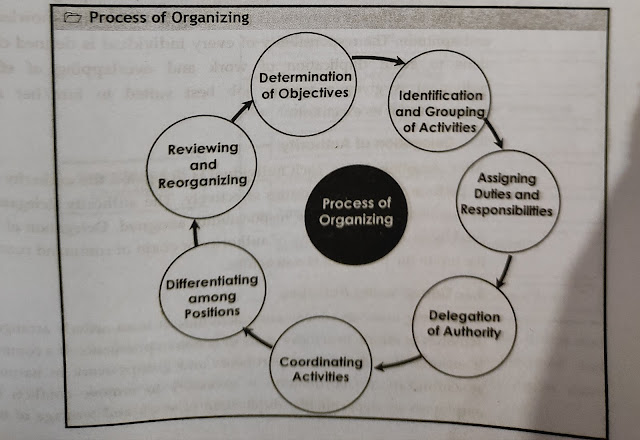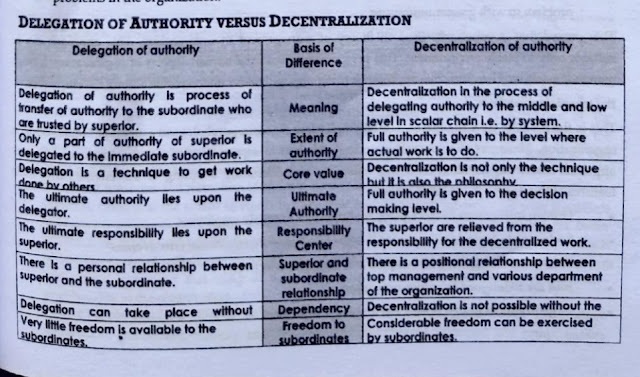Both in a literature as well as in management practices, many new ideas have emerged as approaches to organizing. On the basis of the given statement, explain the organizing functions of management and also discuss the emerging concepts in organizing.

IMPORTANCE OF ORGANIZING FUNCTION Organizing function is one of the most important basic management functions. It establishes responsibility and authority relationships in the organization to ensure the effective accomplishment of organizational goals. Correctly established organizing function in the organization encourages expansion, promotion, and diversification of business. The following points justify the importance of organizing functions. 1. Facilitates specialization: Organizing divides complex work into simple pieces of activities and groups them into a job of homogeneous activities. This helps accomplish each job with similar skills and experience with minimum effort and greater efficiency. This facilitates employees to accomplish the job with acquired knowledge, skills, and experience. This helps to minimize the waste of time, effort, and resources. Organizing thus increases the productivity and profitability of the organization. 2. Defines responsibility-authority relatio








